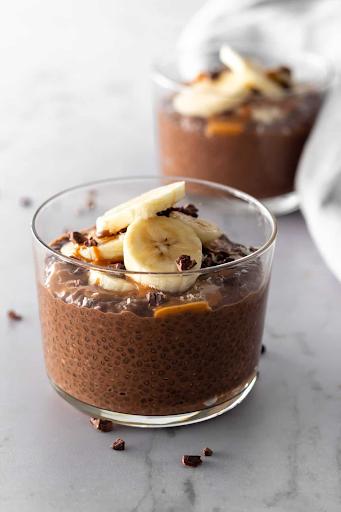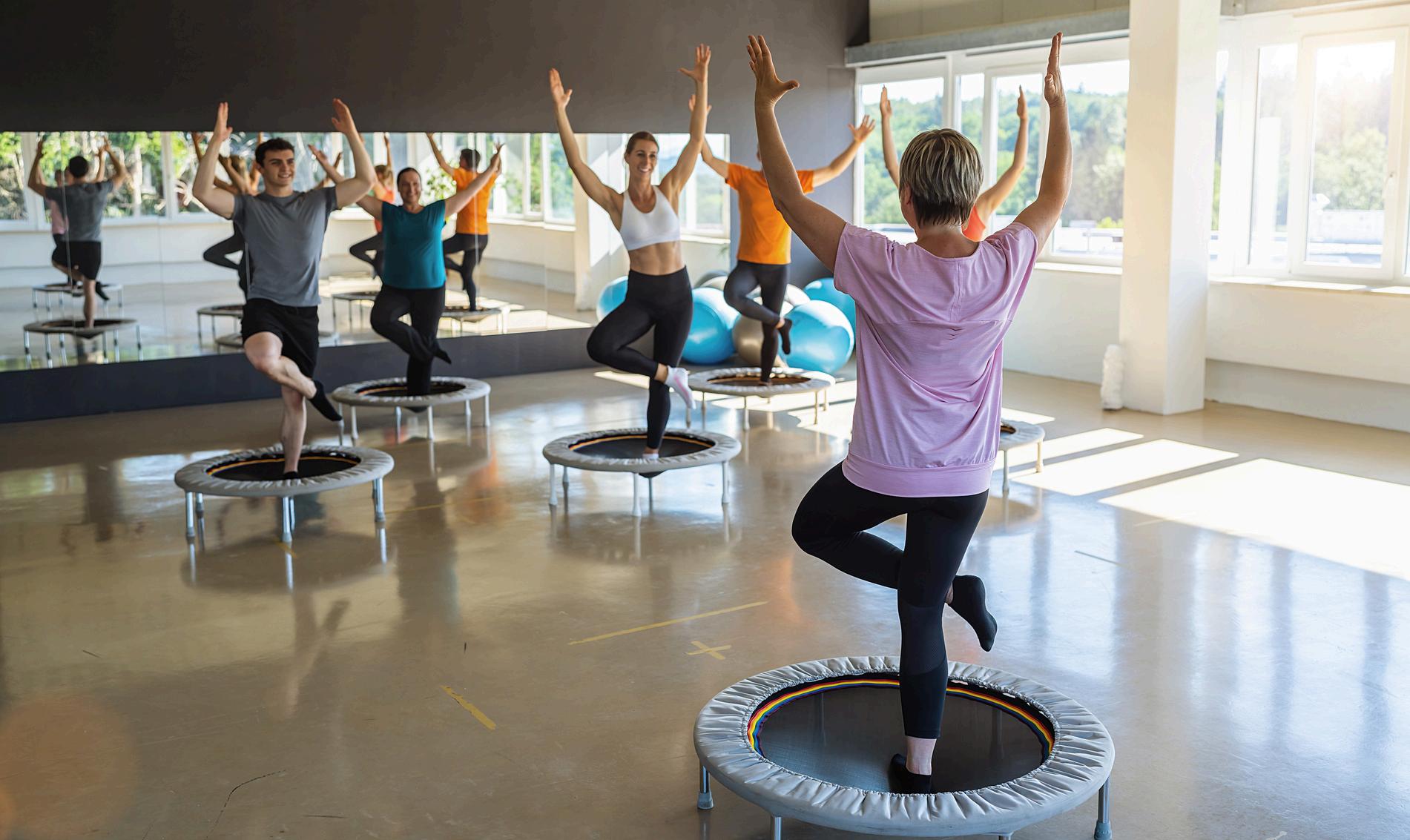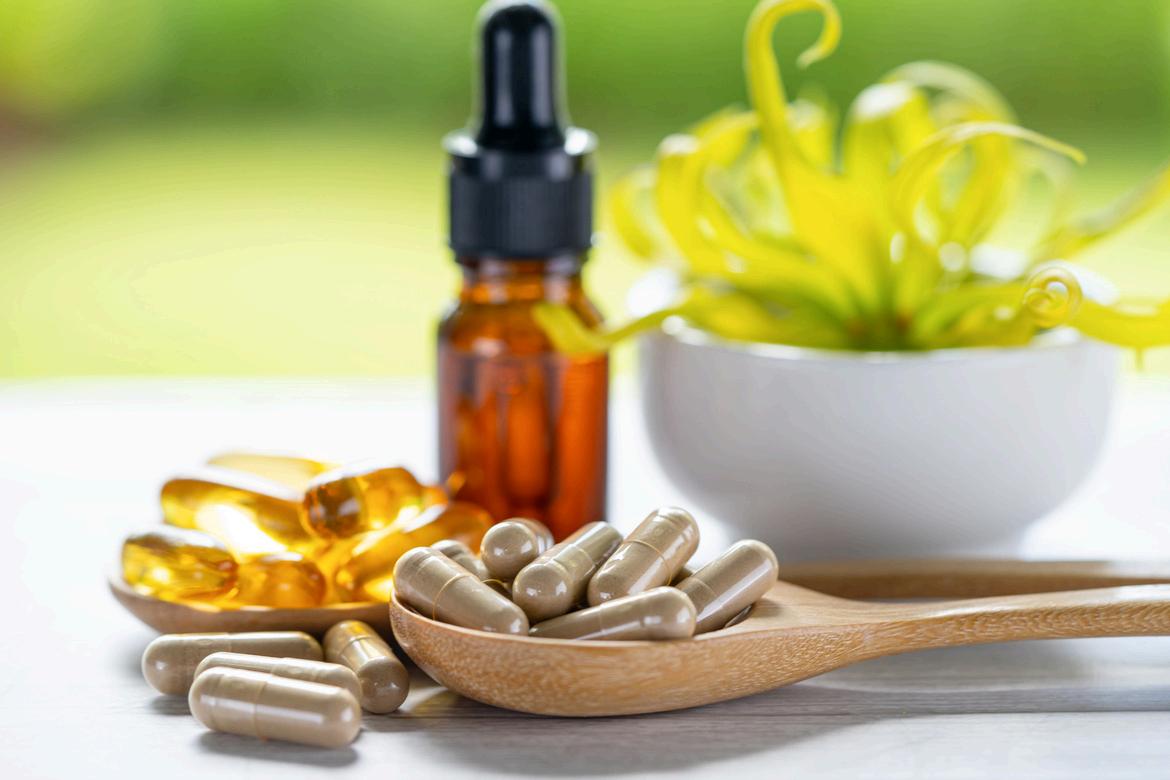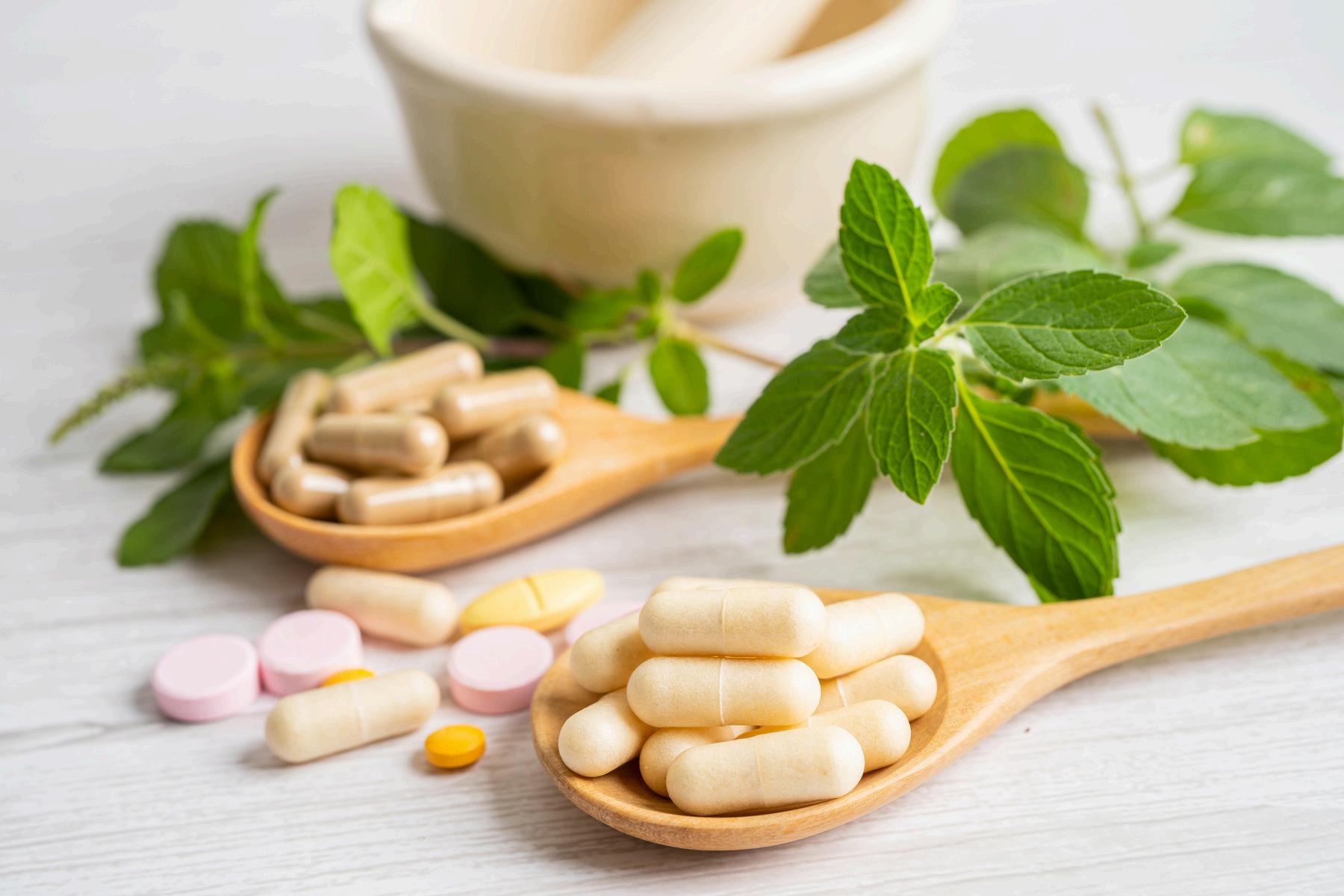




Jason is a former mechanical engineer turned educator, health practitioner, author & filmmaker.
Due to 20 years of his own health challenges, he finally discovered the reality behind his symptoms. Over the past 12 years, Jason transitioned from working in the integrative disease care model to a model of lifestyle medicine and health optimization to better deliver solutions for those suffering from complex health issues that their doctors were unable to resolve.
These lessons are highlighted in the documentary film series, The Human Longevity Project, which uncovers the complex mechanisms of chronic disease & aging & the true nature of longevity in our modern world.
He is the owner of Cereset in Encinitas, CA a Brain Balancing Center that helps those struggling with traumatic brain injuries, PTSD, anxiety, fatigue, and brain fog.
Jason Is also the author of the critically acclaimed book, “Beyond Longevity: A Proven Plan for Healing Faster, Feeling Better & Thriving at Any Age”
You can reach Jason at Info@AwakenedCollectivecom


You've probably heard the term "inflammation" thrown around a lot lately It's a big buzzword in the health world, but what does it actually mean? And, more importantly, what does it have to do with how you've been feeling?
Turns out, quite a lot – especially in midlife and later.
If you're constantly wiped out, struggling with brain fog and low motivation, and noticing stubborn weight gain (especially around your middle), inflammation might be the culprit
But not all inflammation is bad Inflammation is actually a natural part of your immune system's response to injury or infection. It's your body's way of protecting and healing itself.
There are two kinds of inflammation: acute inflammation and chronic inflammation
Acute inflammation is a short-term, rapid response by the immune system to an injury, infection, or tissue damage Think about inflammation as targeted energy that’s working on a specific problem
All that energy generates heat, right? That’s why other symptoms of acute inflammation include redness, swelling, warmth, and pain like when you get an injury. Acute inflammation is also self-limiting, meaning once the threat is neutralized or the healing process is underway, the inflammation subsides
Chronic inflammation, on the other hand, is a long-term, persistent state of inflammation that lasts for weeks, months, or even years It’s not a normal response and can actually harm your body

Unlike acute inflammation, chronic inflammation does not effectively resolve an underlying issue. Instead, it can cause ongoing tissue damage and disrupt normal cellular function.
Feeling tired all the time – even after a full night's sleep
Brain fog – struggling to focus, remember things, or find the right words
Digestive issues – like bloating, gas, or irregular bowel movements
Aches, pains, and stiffness – unrelated to exercise or overuse
Skin problems – like unexplained rashes, breakouts, or redness
Weight gain and fat retention – especially around your waist
Hormonal imbalances – irregular periods, low libido, or mood swings that seem to come out of nowhere
Compromised immunity – getting sick more often and taking longer to recover

Sound familiar? If so, you're definitely not alone. Millions of adults are unknowingly battling chronic inflammation every day. But here's the good news: you have the power to fight back!
In this guide, you’ll discover what triggers inflammation and how to naturally cool the flames so you can take control of your well-being and get back to being yourself again!

While acute inflammation is a healthy response, several factors can cause inflammation to persist and become chronic:
Every day, we're exposed to inflammatory toxins, including pollutants, pesticides, heavy metals, artificial ingredients, and chemicals in our food, water, air, and products These toxins generate free radicals that damage cells and trigger inflammation
Gut infections are surprisingly common and are major inflammation culprits. Parasites, viruses, fungi, and bacterial imbalances activate your immune system, generate toxins, and increase intestinal permeability (leaky gut), all of which fan the flames of inflammation
Nutrients are the building blocks your body needs to heal and rebuild Lacking anti-inflammatory nutrients like omega-3s, magnesium, and antioxidants hamper your body's repair abilities, hinder your ability to control inflammation, and create cellular damage. It’s incredibly difficult to get all the nutrients you need from food alone – and many factors, such as leaky gut and parasites, actually stop your body from being able to recognize and absorb the nutrients you do get from food
Chronic stress and underlying emotional trauma keep your body in fight-or-flight mode This floods your system with inflammatory stress hormones like cortisol, creating a vicious cycle of more inflammation and more stress

Inflammation is extremely exhausting for your body. It forces your systems to work on overdrive, which quickly drains your battery. With acute inflammation, that “overtime” clock is short since it’s focused on a targeted threat. But with chronic inflammation even low-grade inflammation—that “overtime” is working nonstop
Here’s how it zaps your energy:
At the cellular level, inflammation can wreak havoc on your mitochondria – the tiny powerhouses responsible for generating energy in the form of ATP (adenosine triphosphate) Studies have shown that inflammatory molecules like cytokines can interfere with the mitochondria’s energy-making process, disrupting the flow that drives ATP production [1]. With less ATP available, your cells struggle to perform their vital functions, leaving you feeling fatigued and sluggish
Inflammation also contributes to oxidative stress, an imbalance between harmful free radicals and protective antioxidants in your body Free radicals are unstable molecules that can damage proteins, lipids, and DNA, accelerating cellular aging [2] This cellular wear and tear can manifest as fatigue, brain fog, and other signs of premature aging Antioxidant-rich foods help combat oxidative stress, but with ongoing inflammation, it's an uphill battle.
Chronic inflammation puts immense strain on your adrenal glands and hypothalamic-pituitary-adrenal (HPA) axis, the complex network that regulates your stress response. Over time, this can lead to adrenal fatigue and HPA axis dysfunction, characterized by imbalances in cortisol and other stress hormones [3] You might experience crashes of exhaustion, difficulty waking up, late-night energy bursts, and a wired-but-tired feeling
The gut-brain axis, the bidirectional communication pathway between your digestive system and your central nervous system, is deeply impacted by inflammation. Gut inflammation can alter the production and signaling of neurotransmitters like serotonin, dopamine, and GABA, which play crucial roles in mood, motivation, and energy regulation [4] This can contribute to feelings of depression, anxiety, and mental fatigue
Inflammation in the gut can damage the delicate intestinal lining, leading to increased permeability ("leaky gut") and impaired nutrient absorption Even if you're eating a nutrient-dense diet, chronic inflammation can hinder your body's ability to effectively absorb and utilize those vital nutrients [5]
This can result in deficiencies in energy-boosting vitamins and minerals like B vitamins, iron, and magnesium. Additionally, because leaky gut creates gaps between the intestinal junctions in your gut, toxins, undigested food particles, and other pathogens can seep into your bloodstream, causing even more inflammation!







One of the most powerful tools you have to fight inflammation is at the end of your fork! Filling your plate with anti-inflammatory foods and spices is like spraying cool, calming water on those inflammatory flames. The best antiinflammatory foods are colorful plant foods rich in antioxidants, fiber, and essential nutrients Even if you're not fully plant-based, aim for at least 75% of your plate to be vegetables, fruits, whole grains, beans, nuts, and seeds
Some of the best antioxidant foods include:

Avocados – Full of monounsaturated fats and vitamin E, which calm inflammation and support healthy skin, joints, and heart health
Beets – Loaded with betalains, which fight oxidative stress and reduce inflammation, supporting heart health and liver function
Blueberries – Packed with anthocyanins, a type of phytonutrient that traps free radicals and reduces oxidative stress, helping to lower inflammation
Broccoli – Contains sulforaphane, a powerful antioxidant that reduces inflammation by lowering cytokine levels and supporting liver detox pathways
Chia Seeds – High in omega-3 fatty acids and fiber, which reduce inflammation, promote gut health, and stabilize blood sugar

Ginger – Contains gingerol, a bioactive compound that reduces muscle pain, lowers inflammation, and supports digestion
Spinach – Loaded with vitamin E, beta-carotene, and lutein, which protect cells from inflammatory damage and support immune health
Sweet Potatoes – High in beta-carotene and fiber, which promote gut health, neutralize free radicals, and reduce inflammation throughout the body
Turmeric – Rich in curcumin, a potent anti-inflammatory compound that blocks NF-kB, a molecule involved in chronic inflammation
Walnuts – A top source of plant-based omega-3s (ALA), which help reduce Creactive protein (CRP) levels – a marker of inflammation in the blood
If you ever feel overwhelmed by the age-old “What should I eat?” dilemma, have no fear. We totally get that every other day, a new report on what to eat and what not to eat comes out – often with conflicting information!
To make it simple, stick to whole, unprocessed foods with lots of color The more vibrant your plate, the more anti-inflammatory nutrients you're getting
Here are 5 easy, anti-inflammatory recipes packed with nutrient-dense, healing ingredients to help calm inflammation and support overall health.

This vibrant smoothie is rich in curcumin, omega-3s, and antioxidants to fight inflammation and boost energy
Ingredients:
1 cup almond milk (or any plant-based milk)
1 banana (for creaminess and potassium)
1 Tbsp chia seeds
½ tsp ginger (fresh or powdered)
1 tsp maple syrup (optional)

½ cup frozen mango (adds sweetness and vitamin C)
1 tsp turmeric powder (or a 1-inch piece of fresh turmeric)
A pinch of black pepper (boosts turmeric absorption)
Instructions:
Blend all ingredients until smooth.
Pour into a glass and enjoy immediately
Why it works:
Turmeric and ginger reduce inflammation, chia seeds add omega-3s, and mango provides antioxidants.
A warm, soothing tea that helps reduce inflammation, supports digestion, and boosts immunity.
Ingredients:
2 cups hot water
1-inch piece fresh ginger (sliced)
½ lemon (juiced)
Instructions:
Boil the sliced ginger in water for 10-15 minutes
Remove from heat, add lemon juice
Why it works:


Packed with plant-based protein, fiber, and anti-inflammatory herbs, this salad is light, refreshing, and filling.
1 cup cooked quinoa (cooled)
1 can chickpeas (drained and rinsed)
1 cup cherry tomatoes (halved)
1 small cucumber (diced)
¼ cup red onion (finely chopped)
¼ cup Kalamata olives (sliced)
⅓ cup fresh parsley (chopped)
2 Tbsp fresh mint (optional)

¼ cup toasted pine nuts or slivered almonds (for crunch)
3 Tbsp extra virgin olive oil
1 Tbsp lemon juice
1 tsp red wine vinegar
1 clove garlic (minced)
½ tsp oregano (dried)
Salt and pepper to taste

Combine quinoa, chickpeas, tomatoes, cucumber, onion, olives, parsley, and mint in a large bowl
Whisk together the dressing ingredients in a small bowl until emulsified
Toss the salad with the dressing and let sit for 10 minutes to allow the flavors to meld
Garnish with toasted pine nuts or slivered almonds before serving.


The Mediterranean diet is famed for its anti-inflammatory properties, emphasizing healthy fats, whole grains, and nutrient-dense vegetables
Chickpeas and quinoa provide plant-based protein and fiber, which support gut health and reduce inflammation. Tomatoes, cucumber, and olives offer antioxidants and healthy fats that protect against oxidative stress.
These tacos are packed with fiber, beta-carotene, and plant-based protein, supporting gut health and reducing inflammation.
2 medium sweet potatoes, cubed
1 can black beans (drained and rinsed)
1 tsp cumin
½ tsp smoked paprika
1 tbsp olive oil
Corn tortillas
1 avocado (sliced)
Fresh cilantro and lime for garnish

Any taco toppings you prefer (red onions, salsa)
Instructions:
Toss the sweet potatoes in olive oil, cumin, and paprika. Roast at 400°F (200°C) for 25-30 minutes until tender.
Heat black beans on the stove and mash slightly
Garnish with cilantro and lime, then serve.
Fill tortillas with sweet potatoes, black beans, avocado, and your preferred taco toppings
Sweet potatoes provide beta-carotene, while black beans offer fiber and protein, making this a balanced, anti-inflammatory meal
This rich, creamy dessert is loaded with omega-3s, fiber, and antioxidants to satisfy your sweet tooth while calming inflammation.
¼ cup chia seeds
2 Tbsp unsweetened cocoa powder
½ tsp vanilla extract
A pinch of sea salt

1-2 Tbsp maple syrup or coconut sugar (adjust to taste)
1 ½ cups almond milk (or any plant-based milk)
Toppings: Fresh berries, sliced bananas, shaved dark chocolate (70%+), coconut flakes, or almond or coconut whipped cream
Instructions:
In a mixing bowl, whisk together the almond milk, cocoa powder, maple syrup, vanilla, and sea salt until smooth
Stir in the chia seeds and mix well
When ready, add your preferred toppings, then serve with fresh berries.
Transfer to a jar or bowl and refrigerate for at least 4 hours (or overnight), stirring once after the first hour

Dark chocolate is high in flavonoids, which reduce inflammation and support heart health Chia seeds add omega-3s and fiber, making this dessert both indulgent and nourishing

Mindfulness practices activate the parasympathetic nervous system, your body's "rest and digest" mode. This counteracts the inflammatory effects of chronic stress.
Here are some mindfulness practices to try:
Meditation involves focusing your attention to achieve a mentally clear and emotionally calm state Studies show that regular meditation practice can lower cortisol levels and reduce inflammation [6] Research further shows that mindfulness meditation can significantly reduce levels of pro-inflammatory cytokines like IL-6 [7]To get started, sit comfortably, close your eyes, and focus on your breath for 5-10 minutes daily. If your attention wanders, gently bring it back to your breath.


Breathwork is the practice of conscious, controlled breathing Deep, slow breathing activates the vagus nerve, which reduces heart rate and blood pressure, lowering stress and inflammation [8]. A simple breathwork practice to try is Box Breathing: inhale for 4 counts, exhale for 4, and hold for 4. Repeat for 5 minutes.
Yin yoga focuses on holding passive poses for 3-5 minutes to promote relaxation and gently stretch connective tissue Unlike more active styles, such as vinyasa, the goal isn’t to stretch muscles it’s to ease into poses and allow the fascia (the connective tissue that surrounds muscles and organs) to release tension over time. Research shows yin yoga can help lower cortisol and reduce inflammation [9]. A great starting point is holding a simple seated forward fold for 3-5 minutes.

Qi-gong is a mind-body practice combining gentle movement, breathing, and meditation Studies show that qi-gong can improve vagal tone and reduce inflammation [10]. Try a simple exercise: stand with feet shoulder-width apart, slowly raise your arms overhead on an inhale, and lower them on an exhale. Repeat 10 times.
Tools like HeartMath's Inner Balance can help your body stay in a relaxed state by calming your nervous system Inner Balance is a biofeedback device that trains you to shift into a state of physiological coherence, where your heart and breathing are in sync, making you feel more balanced and less stressed Just 5-10 minutes of use can boost heart rate variability, a sign of your body’s ability to handle stress [11].

Your lymphatic system helps remove inflammatory waste, but it can become sluggish. Unlike blood, lymph doesn’t have a pump, so it relies on movement and muscle contractions to circulate. Stagnant lymph allows toxins and metabolic waste to accumulate, which contributes to inflammation [12]
Fascia is a thin casing of connective tissue that surrounds and holds every organ, blood vessel, bone, nerve fiber, and muscle in place When fascia becomes tight or restricted, it can impede lymph flow and contribute to chronic inflammation
Ways to stimulate lymph flow and promote healthy fascia include:
Dry brushing involves gently brushing the skin with a natural bristle brush, always toward the heart, which helps to stimulate lymph flow and support detoxification Begin at your feet and use upward strokes toward your heart.
This follows the natural flow of lymph and blood circulation, supporting optimal detoxification For your arms, start at the hands and brush toward the shoulders With light pressure, brush each area 10 times, focusing on dry skin before a shower for the best results One study found that this practice significantly improves lymphatic circulation [13]

Rebounding, or jumping on a mini-trampoline, is a low-impact way to stimulate lymph flow The gentle bouncing motion helps pump lymph and improve circulation It also helps unclog your pores which makes it easier for you to sweat and flow toxins out of your body
A 1980 NASA study showed that rebounding can increase lymphocyte activity to support detoxification [14]. Start with 5-10 minutes daily. Look on resale sites like OfferUp for gently used mini-trampolines at a discount! Pro Tip:






Exercises like walking, dancing, swimming, yoga, or Tai Chi are great for boosting lymph flow by using large muscle movements to pump and drain lymph fluid Just 30 minutes most days can help keep your body’s natural detox system running smoothly [15]
Lymphatic massage, or manual lymphatic drainage, is a specialized technique that uses gentle, rhythmic strokes to stimulate lymph flow (not manipulate muscle like traditional massage) Studies show that lymphatic massage can significantly reduce swelling and improve lymph circulation [16]. You can find a certified lymphatic massage therapist or try self-massage techniques.

YouTube has a lot of great tutorials for lymphatic massage!

Certain yoga poses, such as inversions and twists, can help stimulate lymph flow and reduce inflammation Inversions such as shoulder stand and legs against the wall reverse the effects of gravity, encouraging lymph drainage Twists can help compress and release lymph nodes, promoting circulation.
Tight, restrictive clothing can impede lymph flow and contribute to congestion Choosing loose, breathable clothing allows your lymph to circulate more freely Natural fibers like cotton and bamboo are ideal, as they allow the skin to breathe and don't trap toxins
Block therapy is a self-care practice that uses a specially designed wooden block to apply pressure to areas of tension and adhesion in the fascia By releasing fascia restriction, you can improve circulation, reduce inflammation, and release pain to promote natural detoxification [17]
Rolfing is a deep-tissue bodywork technique designed to realign the fascia, release tension, and improve posture and movement A certified practitioner applies targeted pressure to break up adhesions, which can enhance circulation, reduce inflammation, and relieve pain. It’s typically done in a series of 10 sessions with a certified Rolfer

Certain supplements provide additional anti-inflammatory support:
Cellcore’s BioToxin Binder helps clear inflammatory toxins like mold, ammonia, sulfur, and aldehyde from the liver, intestines, and blood. What makes this binder special is it can be taken with food and natural supplements without binding any of the ‘good stuff’ It’s a proprietary blend of fulvic acids and polysaccharides that support cellular repair and the body’s natural ability to detoxify
Don’t take it at the same time as prescription medications, rather space it 2 hours apart.
*We recommend you work with a practitioner to learn how to dose properly based on your unique symptoms and goals, plus get the most benefit from this binder


ViRadChem Binder is a go-to for everyday detox and travel. Packed with superfoods like acai, artichoke leaf, broccoli leaf, and wheatgrass, it helps your body fight free radicals and stay balanced
Its unique Carbon Technology, made from humic and fulvic acids, supports cell repair and detoxification, aiding the removal of heavy metals, pesticides, and other pollutants
*We recommend you work with a practitioner to learn how to dose properly based on your unique symptoms and goals, plus get the most benefit from this binder.

Inflam-Control Formula (IFC) by CellCore is a powerful blend of 11 inflammation-fighting ingredients designed to support your body’s natural response to inflammation
It features astaxanthin, a potent antioxidant that combats free radicals and reduces oxidative stress, and bromelain, an enzyme known for its ability to modulate inflammation and aid digestion.
Blueberries in the formula provide anthocyanins, which have been shown to lower inflammatory markers like IL-6, while wheatgrass contributes chlorophyll, flavonoids, and other nutrients to support detoxification.

Chronic inflammation is a complex condition with many potential root causes and energy-draining consequences Understanding your personal inflammation triggers is key to transforming your health, restoring vitality, and feeling your best during your 40s, 50s, and beyond
By nourishing your body with anti-inflammatory foods and working with a functional medicine practitioner to identify your unique imbalances, you can build your personalized roadmap to vibrant health for years to come!
The content of this ebook has not been evaluated by the Food and Drug Administration The health advice contained herin is not intended to diagnose, treat, cure, or prevent any disease.
Please consult with your doctor before starting any new supplement, exercise program, or eating routine.
[1] Missiroli, S, Genovese, I, Perrone, M, Vezzani, B, Vitto, V A, & Giorgi, C (2020) The Role of Mitochondria in Inflammation: From Cancer to Neurodegenerative Disorders Journal of Clinical Medicine, 9(3), 740 https://doi.org/10.3390/jcm9030740
[2] Liguori I, Russo G, Curcio F, Bulli G, Aran L, Della-Morte D, Gargiulo G, Testa G, Cacciatore F, Bonaduce D, Abete P Oxidative stress, aging, and diseases Clin Interv Aging 2018;13:757-772 https://doiorg/102147/CIAS158513
[3] Hannibal, K. E., & Bishop, M. D. (2014). Chronic Stress, Cortisol Dysfunction, and Pain: A Psychoneuroendocrine Rationale for Stress Management in Pain Rehabilitation. Physical Therapy, 94(12), 1816-1825. https://doiorg/102522/ptj20130597
[4] Martin, C R, Osadchiy, V, Kalani, A, & Mayer, E A (2018) The Brain-GutMicrobiome axis Cellular and Molecular Gastroenterology and Hepatology, 6(2), 133–148. https://doi.org/10.1016/j.jcmgh.2018.04.003
[5] Sturgeon, C., & Fasano, A. (2016). Zonulin, a regulator of epithelial and endothelial barrier functions, and its involvement in chronic inflammatory diseases Tissue Barriers, 4(4), e1251384 https://doiorg/101080/2168837020161251384
[6] Black, D. S., & Slavich, G. M. (2016). Mindfulness meditation and the immune system: a systematic review of randomized controlled trials. Annals of the New York Academy of Sciences, 1373(1), 13–24. https://doi.org/10.1111/nyas.12998
[7] Sanada, K, Montero-Marin, J, Díez, M A, Salas-Valero, M, Pérez-Yus, M C, Morillo, H, Demarzo, M M P, García-Toro, M, & García-Campayo, J (2016) Effects of Mindfulness-Based Interventions on Salivary Cortisol in Healthy Adults: A MetaAnalytical Review. Frontiers in Physiology, 7. https://doi.org/10.3389/fphys.2016.00471
[8] Russo, M A, Santarelli, D M, & O’Rourke, D (2017) The physiological effects of slow breathing in the healthy human Breathe, 13(4), 298–309 https://doiorg/101183/20734735009817
[9] Daukantaitė, D., Tellhed, U., Maddux, R. E., Svensson, T., & Melander, O. (2018). Five-week yin yoga-based interventions decreased plasma adrenomedullin and increased psychological health in stressed adults: A randomized controlled trial. PLoS ONE, 13(7), e0200518 https://doiorg/101371/journalpone0200518
[10] Chan, J S M, Ho, R T H, Wang, C, Yuen, L P, Sham, J S T, & Chan, C L W. (2013) Effects of Qigong Exercise on Fatigue, Anxiety, and Depressive Symptoms of Patients with Chronic Fatigue Syndrome-Like Illness: A Randomized Controlled Trial Evidence-based Complementary and Alternative Medicine, 2013, 1–8 https://doi.org/10.1155/2013/485341
[11] McCraty, R., & Zayas, M. A. (2014). Cardiac coherence, self-regulation, autonomic stability, and psychosocial well-being Frontiers in Psychology, 5, 104218 https://doiorg/103389/fpsyg201401090
[12] Bordoni, B, & Zanier, E (2013) Anatomic connections of the diaphragm: Influence of respiration on the body system. Journal of Multidisciplinary Healthcare, 6, 281. https://doi.org/10.2147/JMDH.S45443
[13] Clinic, C (2024, June 27) The truth about dry brushing and what it does for you Cleveland Clinic https://healthclevelandclinicorg/the-truth-about-drybrushing-and-what-it-does-for-you
[14] Bhattacharya, A et al. “Body acceleration distribution and O2 uptake in humans during running and jumping.” Journal of applied physiology: respiratory, environmental and exercise physiology vol. 49,5 (1980): 881-7. doi:101152/jappl1980495881
[15] Li, Y, Meng, Q, Luo, B, Li, M, Fang, J, Allred, S R, & Fu, M R (2023) Exercises in activating lymphatic system on fluid overload symptoms, abnormal weight gains, and physical functions among patients with heart failure: A randomized controlled trial. Frontiers in Cardiovascular Medicine, 10, 1094805. https://doi.org/10.3389/fcvm.2023.1094805
[16] Sleigh, B C, & Manna, B (2023, April 19) Lymphedema StatPearls - NCBI Bookshelf https://wwwncbinlmnihgov/books/NBK537239/
[17] Dhiman, N. R., Das, B., Mohanty, C., Singh, O., Gyanpuri, V., & Raj, D. (2021). Myofascial release versus other soft tissue release techniques along superficial back line structures for improving flexibility in asymptomatic adults: A systematic review with meta-analysis Journal of Bodywork and Movement Therapies, 28, 450–457 https://doiorg/101016/jjbmt202106026 Certain supplements provide additional anti-inflammatory support: